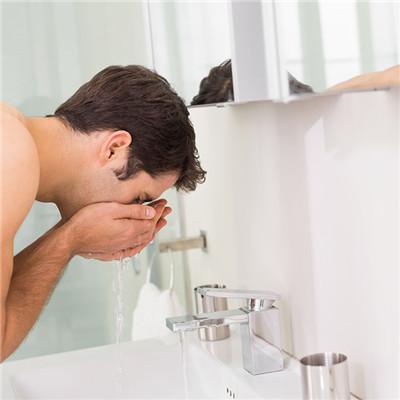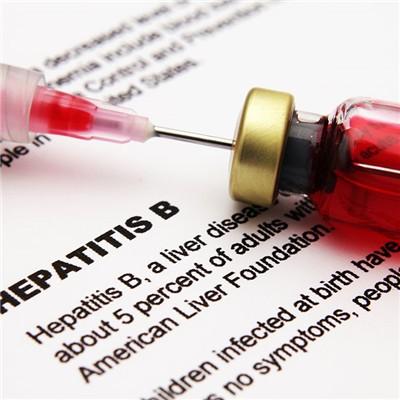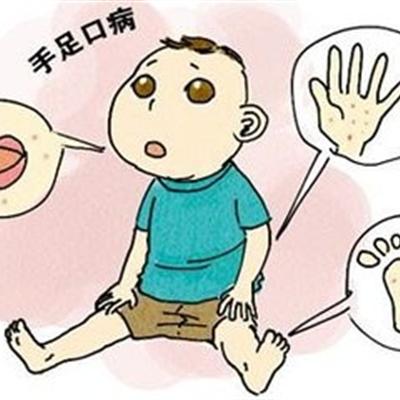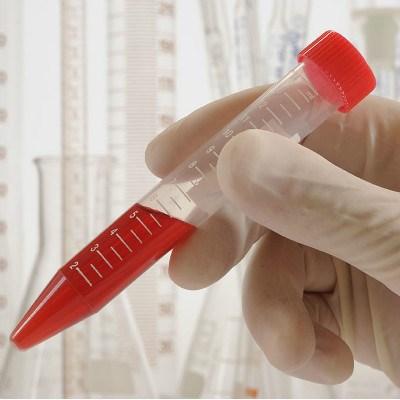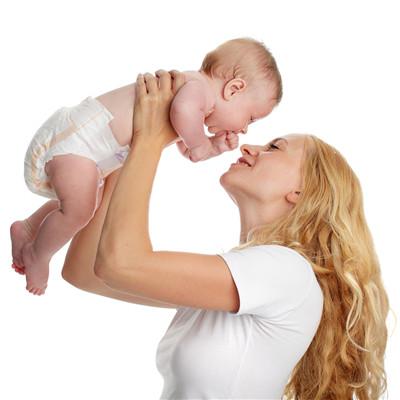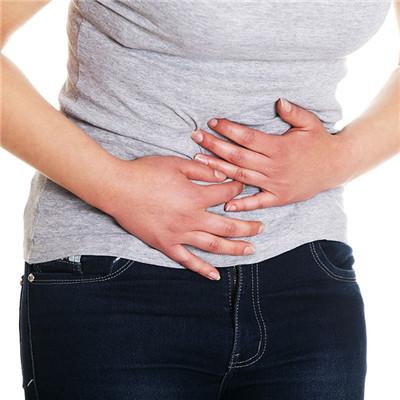What examination should unilateral emphysema do?
summary
The narrow definition of unilateral emphysema refers to the lung disease in which the affected lung can pass more X-ray than the normal lung tissue due to congenital lung tissue and abnormal pulmonary circulation. Some people also call obstructive or compensatory emphysema, bullae and gas pulmonary cysts transparent lung, which can be understood as a broad category. What examination should unilateral emphysema do? Let's talk about it
What examination should unilateral emphysema do?
Radiologic examination of congenital emphysema showed that lesions in the upper lobe were more common, mainly in the left lobe, and rarely in the lower lobe. It is characterized by increased single lobe lung transparency, decreased vascular texture, significantly increased volume of affected lobe, compression and atelectasis of adjacent healthy lung, displacement of contralateral mediastinum, downward movement of diaphragm or normal. Fluoroscopy shows that mediastinum moves to the affected side when inhaled and to the contralateral side when exhaled
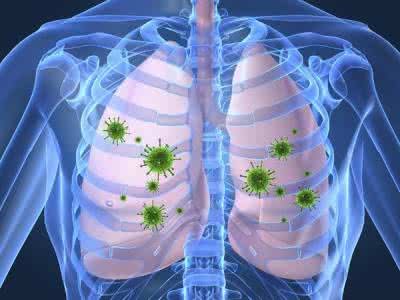
Bronchography: the proximal bronchus was filled, the distal bronchus was small, and the bronchus below grade 5-6 was not filled. Fluoroscopy showed that the affected side of mediastinum shifted, the activity of diaphragm decreased, and the volume of lung did not change with respiratory movement.
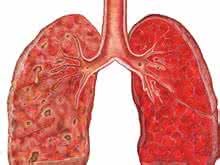
Abnormal blood vessels or heart malformations were found in congenital emphysema by angiocardiography, decreased blood perfusion in the affected lobe by radionuclide lung scan, and other lesions were excluded by bronchoscopy and bronchography. Pulmonary angiography: the pulmonary artery of the affected side was small and the peripheral blood vessels were rare. Radionuclide examination: lung perfusion decreased significantly.
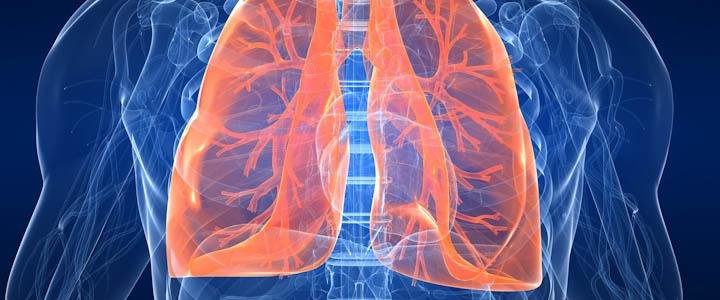
matters needing attention
The first is to stop smoking. Pay attention to keep warm, avoid catching cold, prevent cold. Improve environmental hygiene, do a good job in personal labor protection, eliminate and avoid the influence of smoke, dust and irritating gas on respiratory tract. Avoid catching cold.

